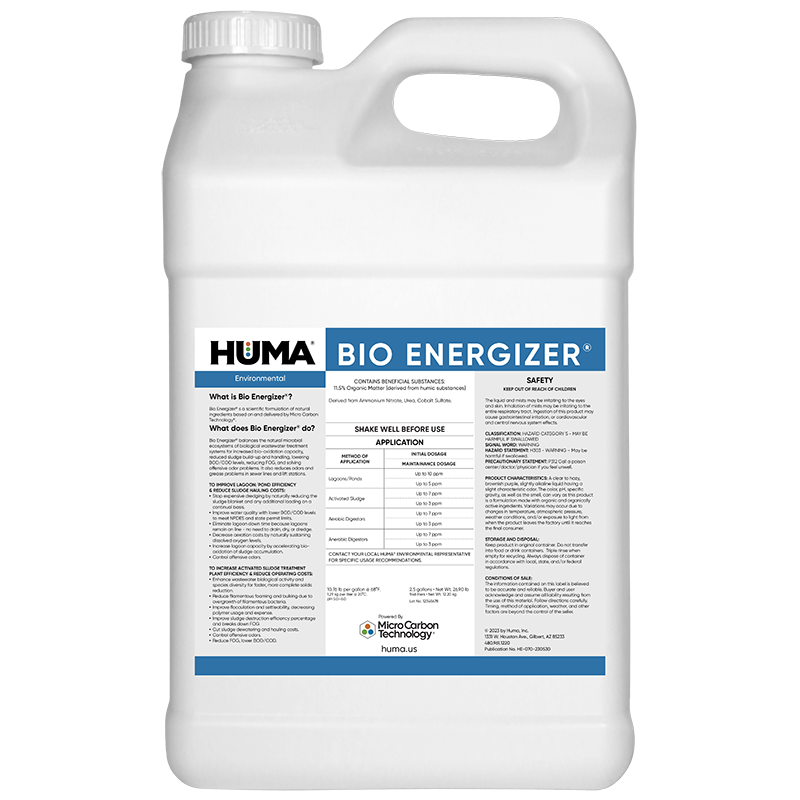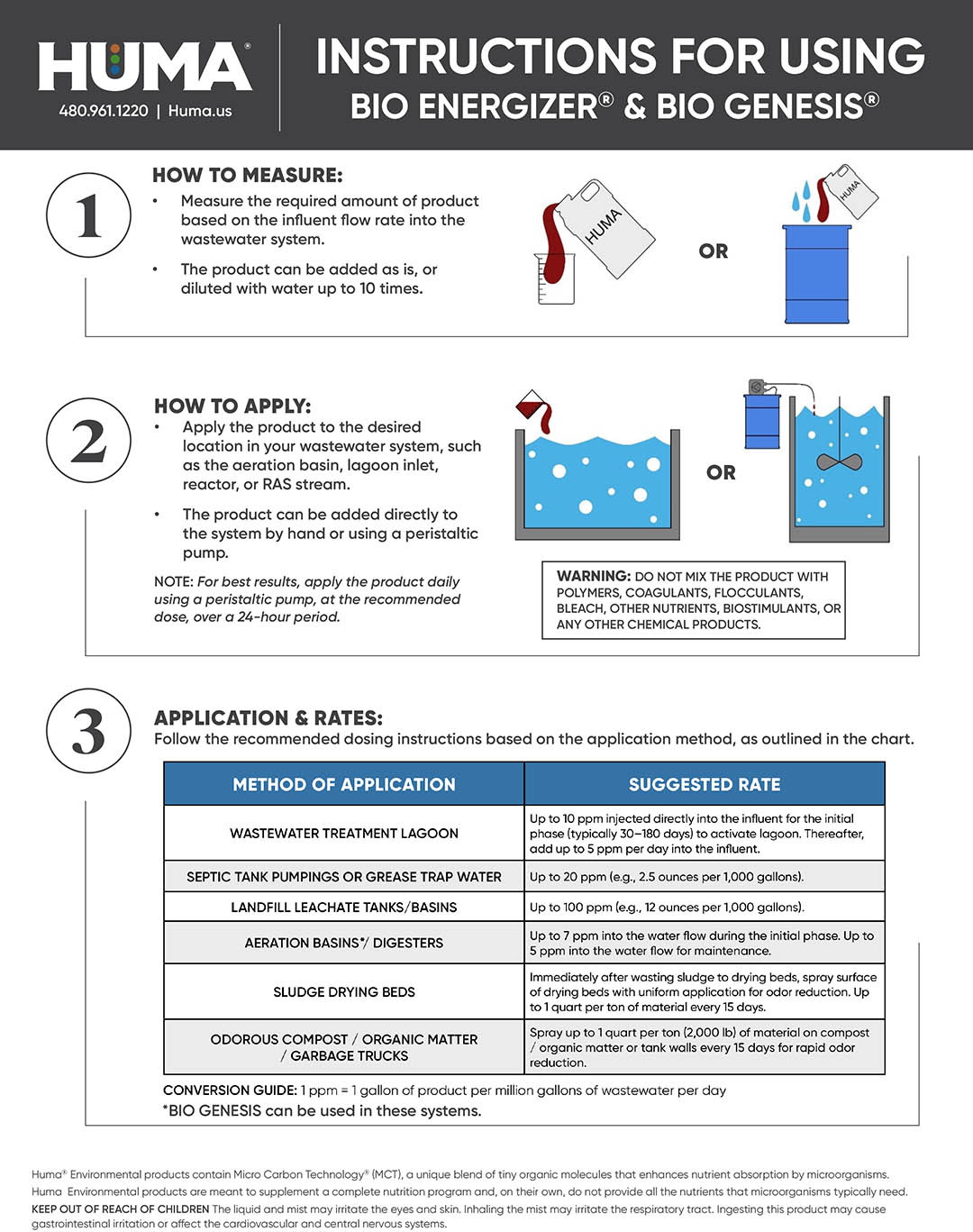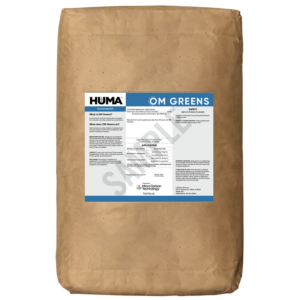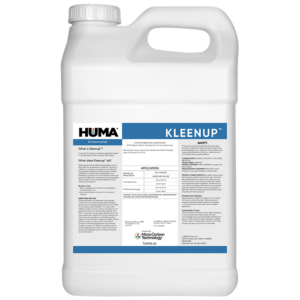Bio Energizer
Benefits of Use:
- Reduces noxious odors
- Breaking down of fats and greases
- Drying beds dry faster
- Reduces sludge buildup in lagoons
- Sustains dissolved oxygen levels
- Decreases mechanical aeration and energy costs
- Speeds organic matter composting while improving quality
- Lowers sludge dewatering and hauling costs
- Reduces filamentous foaming and bulking
- Improves flocculation and settleability
- Minimizes upsets
- An economical alternative to mechanical sludge removal eliminating handling costs and out-of-service time
FAQs
Related Videos
Huma Environmental Bio Energizer Industrial
Huma Environmental Bio Energizer Industrial video
Learn More
Huma Environmental Wastewater Treatment Products
Huma Environmental wastewater treatment products are meant to work with all of the systems to proactive with biology. Our products stimulate the biology that is already present. A product line that stimulates what's already present
Learn More
Related Products
Related Case Studies

Lagoon Study Shows Sludge Layer Biologically Active and Responsive to Reduction Using Bio Energizer®
Summary In this study, a one-year bioremediation plan was implemented for a municipal wastewater treatment facility with 2 primary lagoons that were at risk of upset and in which wastewater processing capacity was reduced due to an increased sludge layer. Specific changes in strata microbial life were tracked through ATP and DNA analysis at quarterly

Bio Energizer® Toxicity Testing
Abstract Bio Energizer® is frequently used to facilitate bioremediation of wastewater. A study was conducted by an independent laboratory to measure possible negative effects Bio Energizer® might have on a freshwater test species (rainbow trout). Using EPA-approved methodology to evaluate Bio Energizer®, the lab administered the product at 10 ppm to a test tank and

Bio Energizer® Reduces Sludge at Small Municipal Facility
Problem A small town in Utah (pop. 1,800) had a municipal wastewater system with a flow rate of 192,000 gallons per day. The system included a series of four lagoons that tapered to a depth of 6 feet, although at this time only Ponds 1 and 2 were being evaluated for treatment as they were
Related Blog Posts

A Powerful and Proven Strategy to Cut Wastwater Treatment Costs
Using our proprietary Micro Carbon Technology®, Probiotic Solutions® product BIO ENERGIZER® efficiently reduces sludge, odor, BOD, COD, and FOG’s. It’s a scientific formulation of organic acids, buffers, and nutrients designed to stimulate natural biological ecosystems that increase biooxidation of sludge in wastewater treatment plants, lagoons, and ponds. It also reduces grease and solids accumulation problems

Probiotic Solutions® Hosted Wastewater Microbiology Course in Arizona
By Heather Jennings,Director, Probiotic Solutions® In the last week of August, Probiotic Solutions® hosted a Wastewater Microbiology Course at our headquarters in Gilbert, Arizona. This educational event with Dr. Toni Glymph-Martin, cosponsored by AZ Water Association and Rural Water Association of Arizona (RWAAZ), successfully served its purpose of helping industry professionals learn more about several
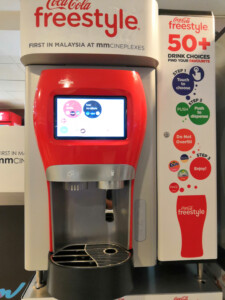
Bargaining for Clean Water: Why Dean Kamen Invented the Coca-Cola Freestyle
By Jael Batty When Kamen asked Coke for help distributing his water purifier, Coke challenged Kamen to develop a better soda fountain first. Dean Kamen, Inventor of Medical Technology The inventor of the Segway, Dean Kamen is known in the scientific community for developing medical equipment. His inventions include a wearable prescription pump for insulin

